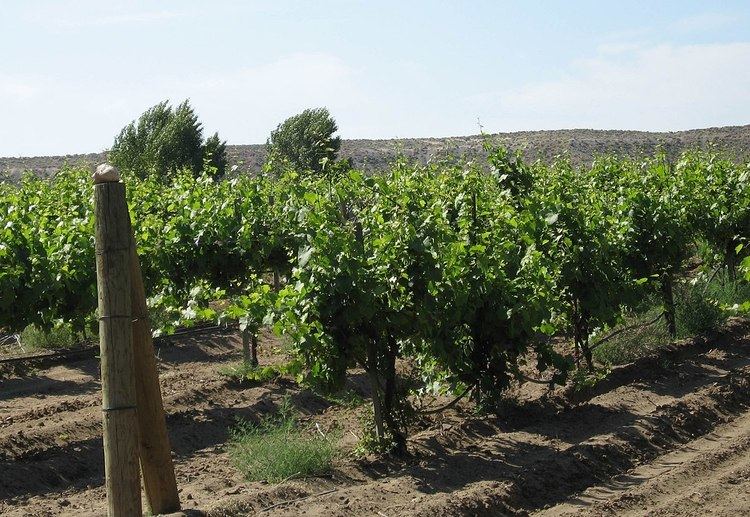 | ||
In viticulture, there are several levels of regional climates that are used to describe the terroir or immutable characteristics of an area. These levels can be as broad as a macroclimate which includes entire wine regions or as small as a microclimate which includes the unique environment around an individual grapevine. In the middle is the mesoclimate which usually describes the characteristics of a particular vineyard site.
Levels
References
Regional climate levels in viticulture Wikipedia(Text) CC BY-SA
